
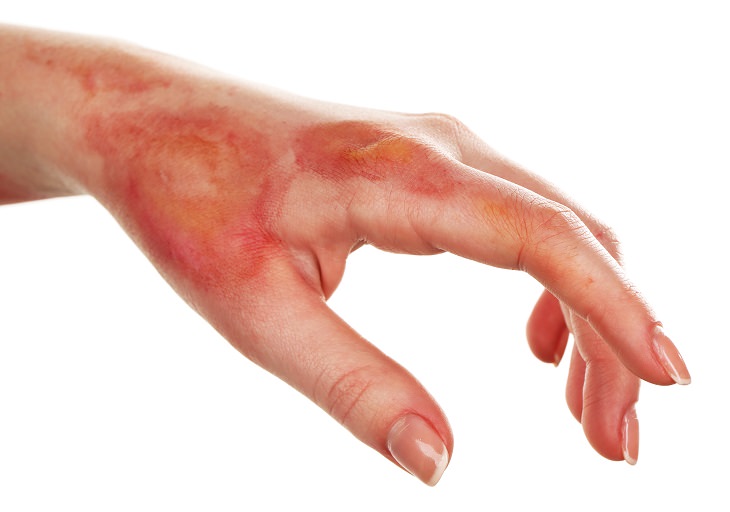
Many cleaning products are dangerous if ingested, and can cause serious burns if swallowed or touched. In fact, some cleaners can even cause cancer, making them one of the most toxic products found in the home.
The most dangerous cleaning products are drain, oven, and toilet bowl cleaners. These corrosive chemicals can burn the eyes, skin and, if ingested, the throat and esophagus. Ingredients with high acute toxicity include chlorine bleach and ammonia, which produce fumes that are extremely irritating to the eyes, throat, nose, and lungs and should not be used by people who suffer from asthma or lung and heart problems. Furthermore, when these two chemicals are combined, they form lung-damaging chloramine gases.
Fragrances found in many cleaners, mostly laundry detergents and fabric softeners, may cause respiratory irritation, sneezing, headaches, and watery eyes in those who suffer from allergies and asthma. The National Institute of Occupational Safety and Health has found that a third of the substances that are used in the fragrance industry are toxic. However, since the chemical formulas of fragrances are considered trade secrets, companies are not legally bound to list them on the bottles.
Other ingredients have negative effects that are not immediately seen. For example, they cause hormone disruptions that interfere with the body’s natural chemical messages, either by blocking or mimicking the actions of hormones. They can cause decreased sperm count, increased rates of male birth defects, and increased rates of some kinds of cancers, such as breast cancer.
The Effect on the Environment
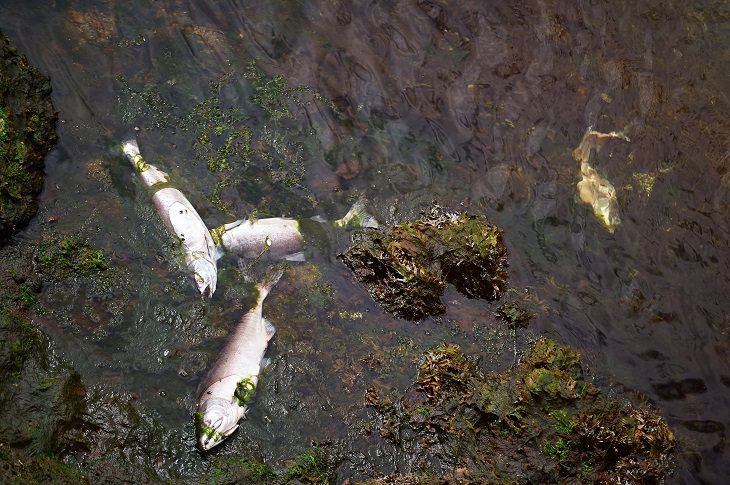
After cleaning fluids disappear down the drains, they are treated along with sewage and other waste water, then discharged into nearby waterways. While most ingredients in chemical cleaners break down into harmless substances during the treatment process, some do not and end up threatening water quality and wildlife.
Such ingredients include a class of chemicals known as alkylphenol ethoxylates (APEs). These are surface active agents that are key to a detergent’s effectiveness. They are added to some laundry detergents, laundry stain removers, disinfectants, and citrus degreasers. When discharged in waste water, these APEs break down into more toxic compounds that do not readily degrade in soil and water. APEs have been shown to mimic the effects of the hormone estrogen, and their presence in water may be having an effect on the reproduction and survival of salmon and other fish. It’s not good news for humans either, as they have also been shown to cause the growth of breast cancer cells.
Another ingredient found in chemical cleaners that cause water pollution are phosphates. When phosphates enter waterways, they act as fertilizers, increasing the growth of algae. This overabundance of plant life depletes the water’s oxygen supply, killing fish and other organisms. Although many states in the US have banned phosphates, they can still be found in a range of automatic dishwasher detergents.
The plastic bottles used to contain these cleaning products pose another environmental problem by contributing to the mounds of solid waste that must be landfilled, incinerated, or recycled. Most cleaners are bottled in high-density polyethylene or polyethylene terephthalate, which are accepted for recycling in a growing number of communities. However, some are bottled in polyvinyl chloride (PVC), which forms the highly carcinogenic dioxin during production and incineration. As a result, most recycling plants do not accept PVC for recycling.
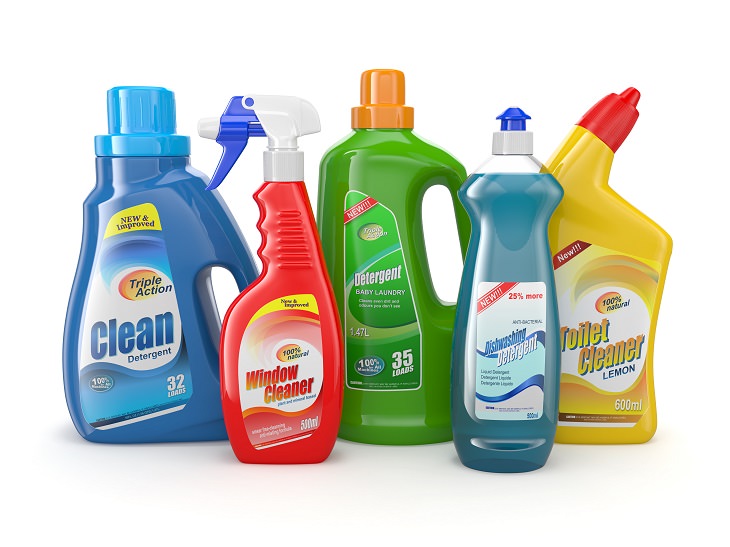
What to Look For
Safe ingredients such as soap, water, baking soda, vinegar, lemon juice and borax, aided by a little elbow grease and a coarse sponge for scrubbing, can take care of most household cleaning needs. To add to this, they can save you a lot of money.
However, when you need the added power of commercial cleaners, or for the basics such as laundry and dishwashing detergents, here are some guidelines to help you choose the products with the smallest impact on your health and the environment.
1. Most cleaners do not list ingredients, but you can still learn something about a product’s hazards by reading its label. Most will bear a single word such as caution, danger, or warning, that provides some indication of the product’s toxicity. Products that have been labelled “Danger” or “Poison” are the most hazardous, while those bearing the word “Warning” are moderately hazardous. Those with a “Caution” label are considered to be slightly toxic. If you must use a commercial cleaner, try to find those that are non-toxic enough that they don’t require any of the above signal words.
2. When gauging ecological claims, look for specifics. For example, “biodegradable in 3-4 days” holds a lot more meaning than simply “biodegradable,” as most substances will eventually breakdown if given enough time and the right ecological conditions. Furthermore, claims such as “no solvents,” “no phosphates,” and “plant-based” are a lot more meaningful than the terms “eco-friendly” and “natural.”
3. When ingredients are listed, choose products that have been made using plant-based ingredients instead of petroleum-based ones.
4. Select products in bottles that are made with at least some recycled plastic. By doing this, you are supporting companies that are providing a vital end-market for recycled plastic. Furthermore, choose concentrated formulas which contain only 20% or less water. The reason for this is since water dilution is done at home, not in the factory, concentrated cleaners require less packaging and fuels for shipping.
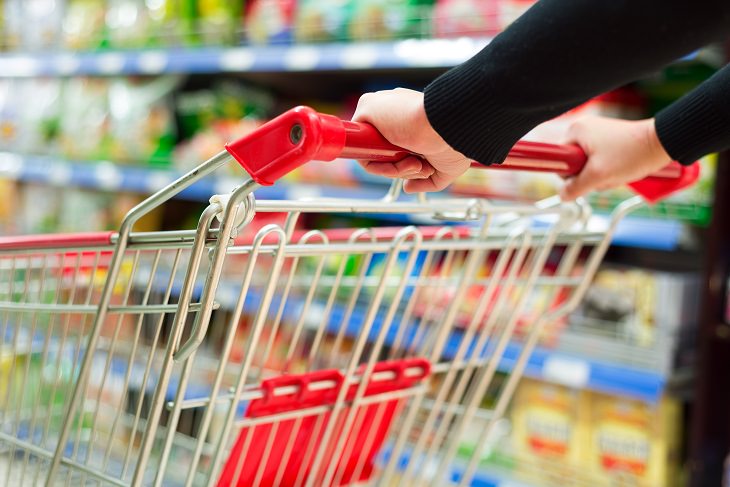
All-Purpose Cleaners:
Below are a number of all-purpose cleaners that are gentler on human health and the environment. While eco-friendlier cleaners are becoming more readily available in conventional grocery and home stores, most can be found at supermarkets or must be ordered by mail.
Bathroom and Toilet Bowl Cleaners
The ingredients in toilet bowl cleaners can cause eye, skin, and respiratory irritation. Furthermore, some contain sulfates, which may trigger asthma attacks in those suffering from asthma. Bathroom cleaners can contain sodium hydroxide, sodium hypochlorite (bleach), or phosphoric acid, and these can irritate the lungs, eyes, skin, and damage internal organs if swallowed.
Soap and water, or some baking soda for scrubbing soap scum and toilet bowls, work for most bathroom cleaning needs. For example, scrubbing shower tiles with a toothbrush and a baking soda-water paste will help to remove mildew and stains. For tougher toilet jobs, pour one cup of borax and ¼ cup of distilled white vinegar or lemon juice into the bowl. Let this sit for an hour or two, then scrub with a toilet brush and flush.
Or you can look for these safer, plant-based bathroom, shower, and toilet cleaners at supermarkets or on the internet.
Earth Friendly Toilet Bowl Cleaner
Seventh Generation Toilet Bowl Cleaner
Drain Cleaners
These are among the most dangerous of all cleaning products. Most drain cleaning products include sodium hydroxide and sodium hypochlorite that can permanently burn eyes and skin. Some can even be fatal if ingested.
You can prevent drains from becoming blocked in the first place by capturing hair and other drain clogging particles with inexpensive drain covers, available at any good home improvement and hardware store. Furthermore, do not allow large food scraps to be washed down the kitchen sink.
If a clog does occur, use a plumber's snake to manually remove the blockage, or try suction removal with a plunger.
If you do decide to purchase a chemical drain cleaner, choose the one below as it uses enzymes rather than caustic chemicals to eat away at gunk.
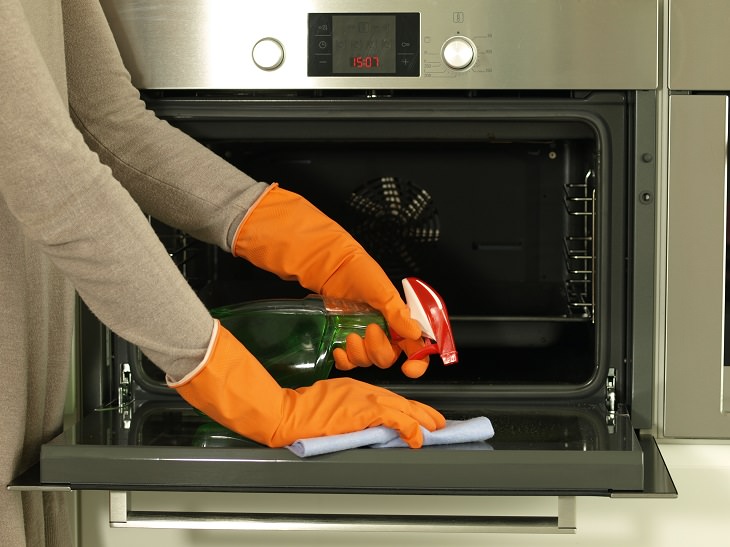
Lye and sodium hydroxide, which are highly corrosive and can burn skin and eyes, are found in many oven cleaners. Aerosol spray oven cleaners are easily inhaled into lung tissue.
You can prevent spills from being baked on the oven by lining it with aluminum foil, and by cleaning them up before they have had time to cook and dry. To get rid of grease and charred food residues without resorting to chemicals, try soaking oven surfaces overnight in a mixture of baking soda, water, and soap, then scrubbing it off in the morning with baking soda and a soapy sponge.
However, if you choose to buy a commercial cleaner, consider the ones below. These can also be used to scrub toilets, showers, and countertops.
Seventh Generation Cream Cleaner
Furniture Polish
Contact with furniture polish can cause irritation, and many contain nerve-damaging petroleum distillates, which are flammable and dangerous if swallowed. Some may even contain formaldehyde, a suspected carcinogen.
For dusting and polishing, combine a mix of ½ cup white vinegar and 1 teaspoon olive oil. Or look for the following solvent-free products that use plant oils as the active polish.
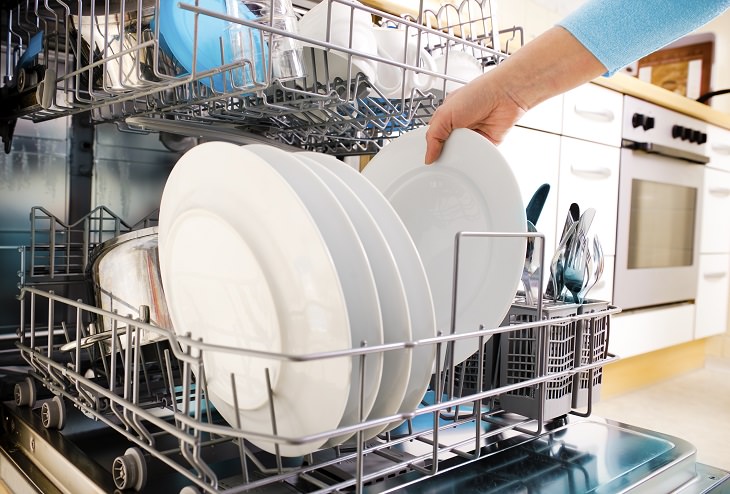
Most dishwashing detergents are petroleum-based, contributing to the depletion of this non-renewable resource. Look for colorless liquids as dyes can be contaminated with heavy metals such as arsenic and lead, and may penetrate the skin during washing, while leaving impurities on the dishes.
Powdered detergents for dishwashers can contain phosphates which cause excessive algae growth that deprives marine-life of oxygen.
Instead, try these eco-friendlier brands that can be found at natural food stores or ordered by mail.
Seventh Generation Dish Liquids
Air Fresheners
Since they trigger allergies and other health problems, it’s recommended not to use synthetically-fragranced air fresheners, especially from aerosol spray bottles.
To get rid of odors, open windows and use fans. Baking soda is also good at removing odors, and spritzes of lemon or any other citrus fruit will help freshen the air. Wooden cedar blocks, pure essential oils, or sachets of naturally dried flowers also provide gentler fragrances.
If you still want to buy an air freshener, consider some of the ones found below.
The Scented Room Provence Potpourri
Source: organicconsumers
Images: depositphotos